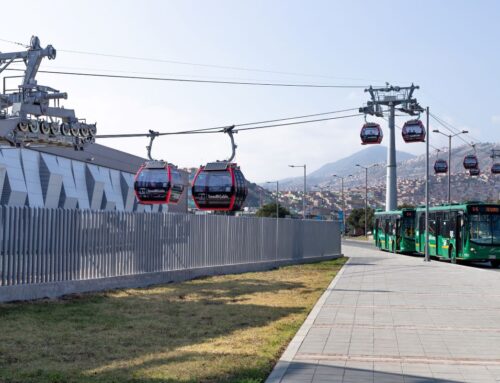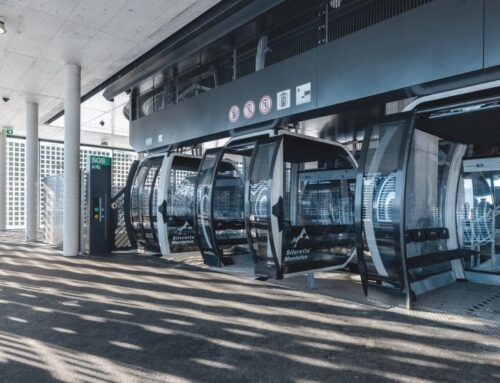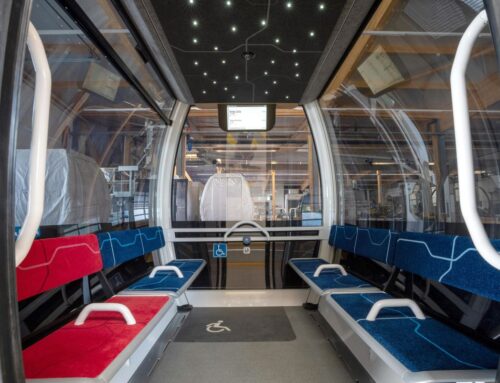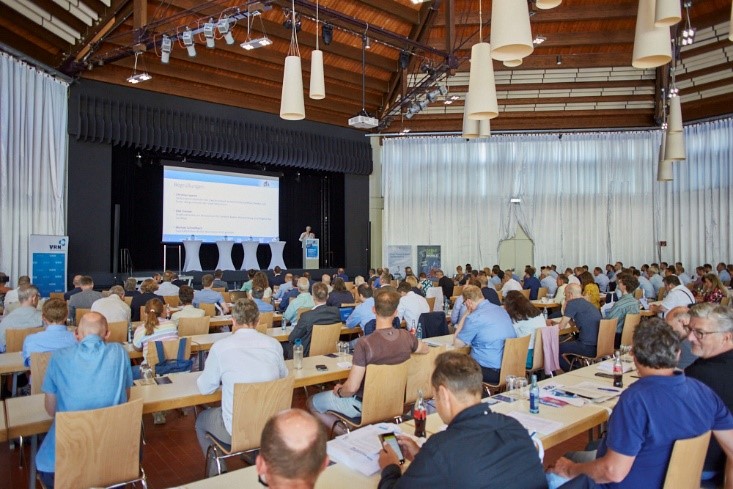
Cities, SI-Urban
Experts discuss the future of mobility
Can cable cars overcome obstacles in urban mobility and be a meaningful addition to public transportation? This guiding question was followed by around 170 participants from companies, administration, business, politics, associations, and alliances who were invited to attend various lectures, workshops, and forums, as well as experience cable cars up close at BUGA 23.
Within the VRN (Verkehrsverbund Rhein-Neckar) network area, a potential and feasibility study for cable car systems identified approximately 20 routes in a first step where a cable car offering would be conceivable. Primarily, four projects in the core of the metropolitan region are considered:
- A cable car connection in the city of Heidelberg to link the Neuenheimer Feld to a multimodal hub at the Pfaffengrund-Wieblingen station, integrating with regional rail, public transportation, park and ride, and bike and ride as a meaningful complement to the existing public transportation system.
- A small cabin shuttle between the municipality of Altrip and Mannheim-Neckarau as an attractive gap closure in public transportation.
- A monocable circulating ropeway to develop the Wiesloch-Walldorf industrial area as a high-capacity alternative to the existing bus service.
- A cable car connection between Mannheim and Ludwigshafen as a temporary interim solution for crossing the Rhine in relation to future bridge renovations.
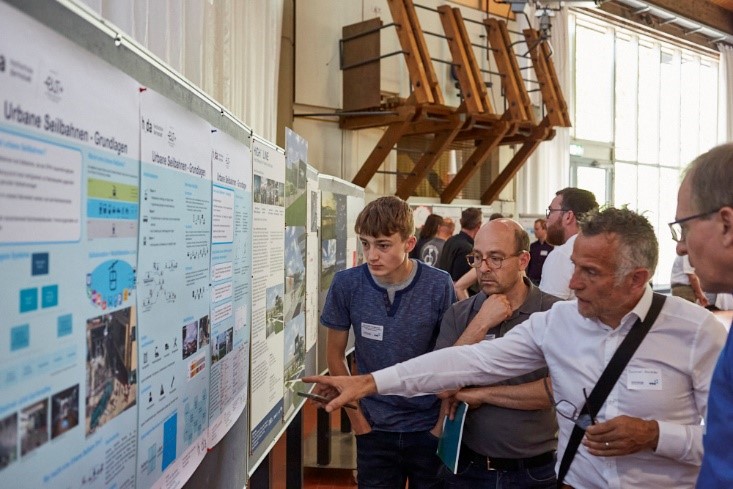
Exchange formats during the cable car day
Photos: VRN
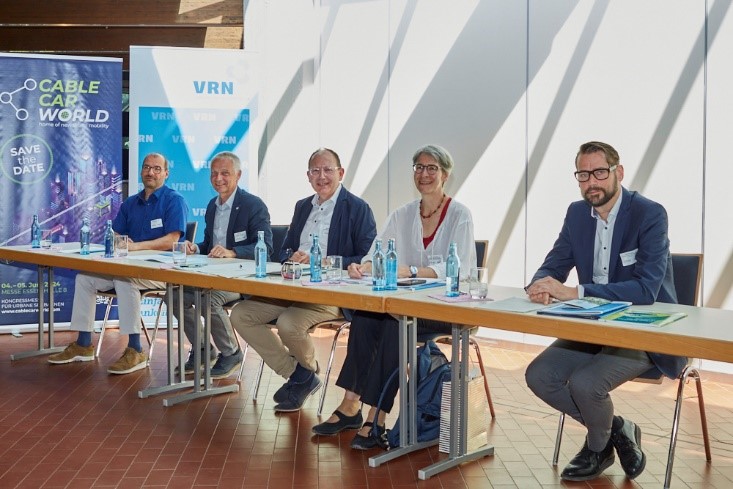
f.l.t.r. Dr. Michael Winnes, VRN Managing Director, Prof. Dr. Jürgen Follmann, Predean University Darmstadt, Christian Specht, First Mayor of the City of Mannheim and Chairman of Zweckverband Verkehrsverbund Rhein-Neckar, MdL Elke Zimmer, State Secretary Ministry of Transport Baden-Württemberg, Ingo Strater, Head of Division Federal Ministry of Digital Affairs and Transport
At the VRN Cable Car Day, the focus was, among other things, on examining the recently published guideline “Urban Cable Cars in Public Transportation” from the perspective of the federal government, complemented by the perspectives of states, the region, municipalities, and the scientific community regarding the implementation of such environmentally friendly projects. Questions arose regarding whether cable cars make sense in cities or what opportunities and limitations such cable car systems have.
In a panel discussion moderated by Cable Car World, cable cars were considered as a new tool in the public transportation toolbox, and discussions revolved around prerequisites, responsibilities, planning simplifications, and potential use cases for a faster and successful deployment of cable cars as a meaningful complement or expansion of the existing public transportation offerings or for accessing new areas.
Michael Theurer
Parliamentary State Secretary at the Federal Ministry of Digital Affairs and Transport
“Urban cable cars are reliable, environmentally friendly, and space-saving, making them suitable as a means of transportation for public transit. With our guideline, we provide concrete support to municipalities that want to harness this potential and realize projects – from the idea and planning to construction and operation. Our guideline demonstrates how urban cable cars can be implemented and integrated into the public transportation network in Germany.”
